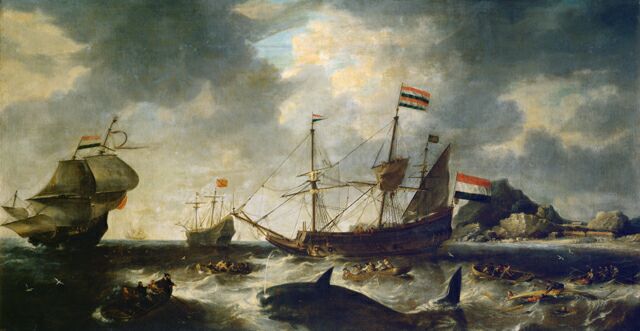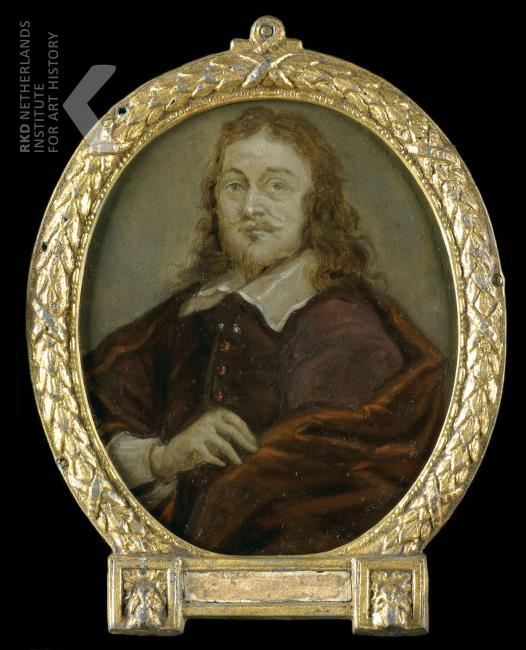While whaling is not my favorite maritime subject to ponder, it is an important one. Whaling provided (and in some cases still provides) needed food and supplies for people. That is why this month’s artifact of the month is a whaling painting.

The piece was painted by Bonaventura Peeters the Elder in 1645. He was a Dutch painter born in 1614. Three of his siblings were also painters; older brother Gillis and younger siblings Catharina and Jan.

Bonaventura was probably a pupil of Andries van Eertvelt, a Flemish painter, and later of Simon de Vliegher, a Dutch painter. In 1624, Bonaventura and brother Gillis became masters in the Painters’ Guild of Saint Luke in Antwerp, and in 1639 they worked together on “the siege of Calloo”, a piece for Antwerp’s Town Hall. Unfortunately, Bonaventura had a pretty short life and died in 1652 at the age of 38 after suffering from ill health.
Part of what makes our painting so special (besides that it is a beautiful piece of art) is that it is currently the fourth oldest known whaling painting. The probably location for the scene is Smeersburg (“Grease Town”), a Dutch whaling settlement on Spitzbergen, founded around 1621. It is unlikely that the piece portrays a specific event. Rather, it was likely intended to highlight the importance of arctic whaling to the 17th-century Dutch economy. Equipped with the best ships and well organized to profit from whaling, the Dutch dominated the industry throughout the century. Though the harpooned whale in the center of this picture is not accurately portrayed, the Dutch were the first to produce realistic images of whales, based on studies performed after a whale washed ashore.